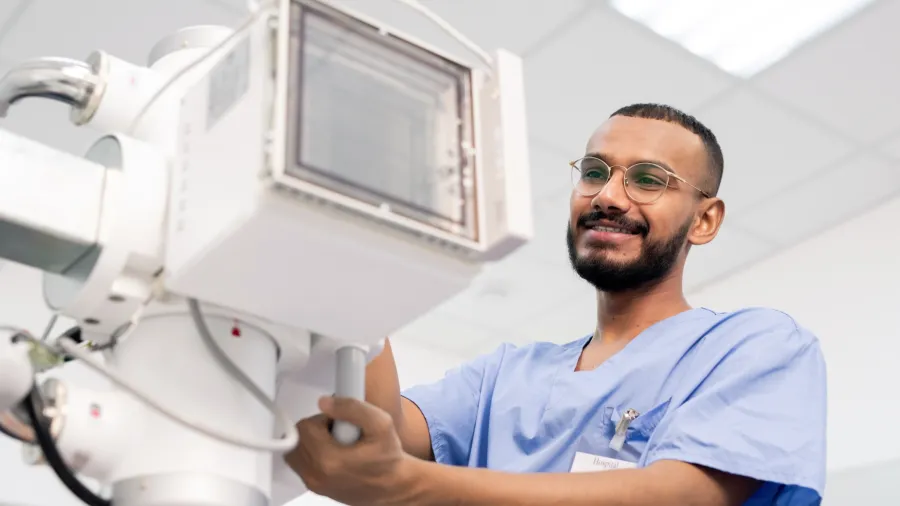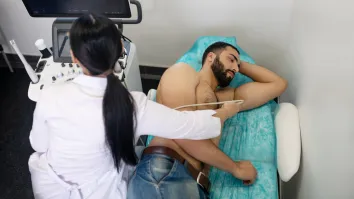
Here’s what’s driving India’s medical device sector growth
Developments in tier II and III cities include partnerships and healthcare infrastructure expansion.
The demand for healthcare services in India’s Tier II and Tier III cities is set to drive India’s medical device market, projected to reach $10.1b by 2028 at a compound annual growth rate of 8% in US dollar terms, said BMI.
These cities, characterised by growing urbanisation and industrial development, are expected to broaden healthcare access through partnerships and the establishment of new hospitals and medical colleges.
One notable development is the recent partnership between Krsnaa Diagnostics, Mumbai-based Medikabazaar, and United Imaging.
“The collaboration aims to establish more than 30 new imaging centres across Tier II and Tier III cities,” the report said.
Meanwhile, the forecasted growth reflects expectations of steady economic progress and an easing inflationary environment by 2025.
Key drivers include increased government health expenditure, a rising middle-class demand for healthcare, and a growing burden of chronic diseases.
However, access disparities remain, with high-quality facilities largely concentrated in urban centres.



















 Advertise
Advertise





